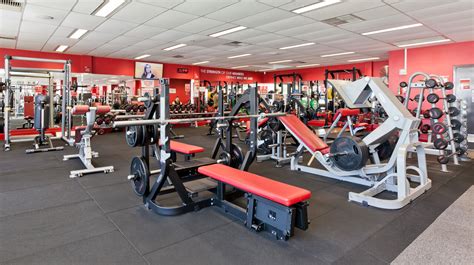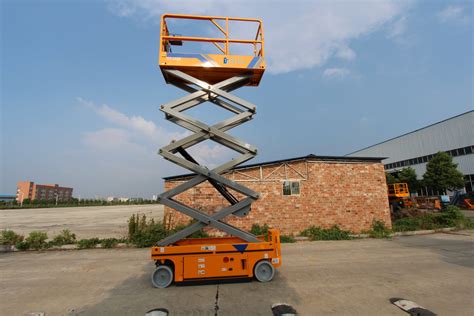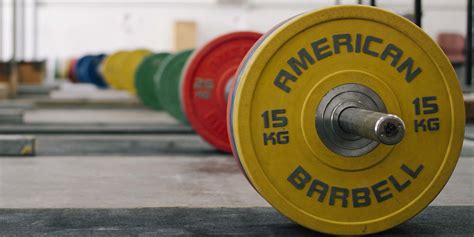Peak performance: best advanced techniques to smash strength plateaus?

Every serious lifter eventually encounters the frustrating wall of a strength plateau. Those once-steady gains slow to a crawl, and what used to be a warm-up weight now feels like a max effort. It’s a natural part of the strength journey, but it doesn’t mean your progress has to stop. To smash through these barriers and continue your climb towards peak performance, it’s time to graduate from basic linear progression to more sophisticated training methodologies.
Understanding Strength Plateaus
A strength plateau often signals that your body has adapted to your current training stimulus. Continuing with the same sets, reps, and exercises will no longer provoke the necessary physiological response for further adaptation. To overcome this, you need to introduce new stressors that challenge your muscles, nervous system, and connective tissues in novel ways. This article explores advanced techniques designed to shock your system back into growth.
Strategic Periodization and Deloads
One of the most effective long-term strategies for continuous progress is periodization. This involves systematically varying your training volume, intensity, and exercise selection over planned cycles (e.g., blocks, mesocycles, microcycles). Instead of randomly chasing PBs, periodization allows for planned progression and strategic recovery, preventing burnout and overtraining.
Deloads are an integral part of periodization. These planned periods of reduced training volume and/or intensity allow your body to fully recover, repair tissues, and adapt to previous training cycles, making you stronger when you return to heavy lifting. Skipping deloads is a common mistake that leads to chronic fatigue and stubborn plateaus.

Advanced Rep Schemes for Intensification
When conventional sets and reps no longer cut it, advanced rep schemes can provide the intensity needed to stimulate new growth and strength adaptations.
- Drop Sets: After completing a set to failure, immediately reduce the weight (10-30%) and continue for more reps until failure. This extends the set and increases time under tension, pushing muscle fibers past their usual fatigue point.
- Rest-Pause Training: Perform a set to failure, rack the weight for a short rest (10-20 seconds), then unrack and perform a few more reps to failure. Repeat this process 1-2 more times. This allows for more reps with a heavier weight than a traditional straight set.
- Cluster Sets: Break a traditional set into mini-sets with short intra-set rests (10-30 seconds). For example, instead of 1×5, do 5×1 with 20 seconds rest between each single. This allows you to lift heavier weights or perform more reps with near-maximal loads due to partial recovery between reps.

Eccentric Overload and Tempo Training
The eccentric (lowering) phase of an exercise is where muscles can typically handle significantly more load than the concentric (lifting) phase. Focusing on this can be a potent strength builder.
- Eccentric Overload: Use a weight heavier than your 1RM for the eccentric portion of a lift (e.g., having a spotter help you lift the weight, then lowering it slowly on your own). This builds tremendous strength and resilience.
- Tempo Training: Manipulate the speed of each phase of a lift (e.g., 3-1-X-1 tempo means 3 seconds lowering, 1 second pause at bottom, explosive concentric, 1 second pause at top). This increases time under tension, improves motor control, and can expose weaknesses in specific ranges of motion.

Accommodating Resistance (Bands and Chains)
Adding bands or chains to your barbell lifts introduces accommodating resistance, meaning the resistance changes throughout the range of motion. This matches the strength curve of many exercises – as you get stronger at the top of a squat or bench press, the bands/chains provide more resistance, forcing you to accelerate through the entire movement.
- Bands: Provide increasing tension as they stretch, making the top portion of a lift harder.
- Chains: Add resistance as more links come off the floor, also increasing resistance towards the top.
This technique helps develop explosive power and ensures consistent tension across the entire movement, preventing lockout strength from lagging behind. It also forces you to move the weight with maximal intent from start to finish.

Auto-regulation and RPE (Rate of Perceived Exertion)
Advanced lifters learn to listen to their bodies. Auto-regulation involves adjusting your training based on your daily readiness, energy levels, and recovery status. Using the Rate of Perceived Exertion (RPE) scale (1-10, where 10 is maximal effort) allows you to gauge how difficult a set feels on a given day.
Instead of aiming for a fixed weight, you might aim for an RPE 8 for a given set. On a good day, this might mean a heavier weight; on a bad day, a lighter one. This prevents overtraining on days you’re fatigued and allows you to push harder on days you’re feeling strong, optimizing training stimulus over time.

Conclusion
Smashing through strength plateaus requires intelligence, patience, and a willingness to step outside your comfort zone. By strategically implementing advanced techniques like periodization, various intensification methods, eccentric training, accommodating resistance, and auto-regulation, you can continually challenge your body in new ways. Remember that consistency, proper nutrition, and adequate recovery remain the fundamental pillars of progress. Integrate these advanced strategies wisely, and watch your strength soar to new, uncharted levels.







